Photographing decay is not a new trend, but the focus of such images tends to be on the aesthetics of destruction rather than what the remains of old architecture or carefully erased art can teach us. Demolishing a building or painting over a work of graffiti can leave unintended but compelling traces on built environments — ghostly impressions that tell site-specific stories of creation and destruction.
The Unconscious Art of Building Demolition
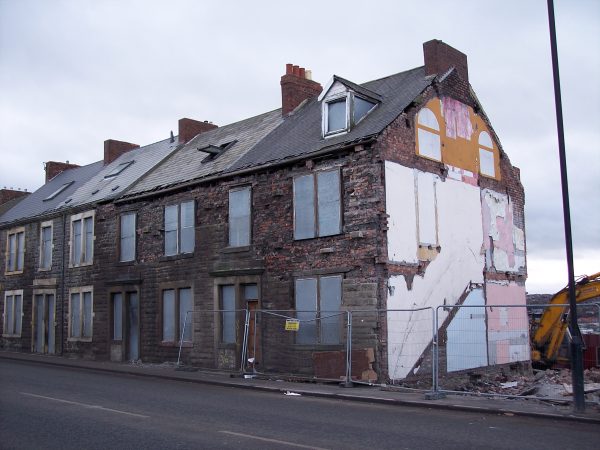
Structures that share party walls can leave elevation imprints on adjacent buildings as (or more) instructive than footprints on the ground. One can begin to trace out not only the locations of different rooms but also the colors and materials of their walls and the places where staircases once connected multiple floors.
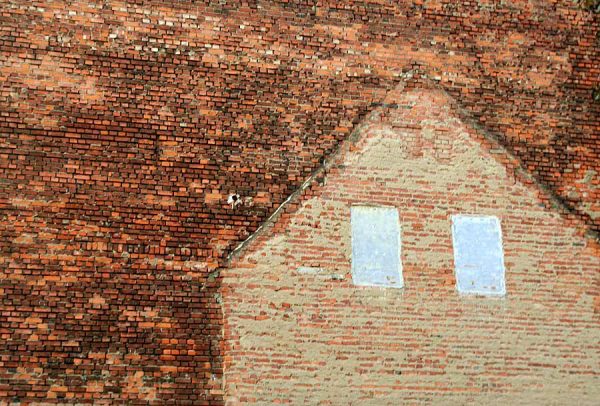
Even when the remains are relatively minimal, small leftover features (like building and window outlines) may show what the facade of a house looked like before it was joined to a new neighbor.
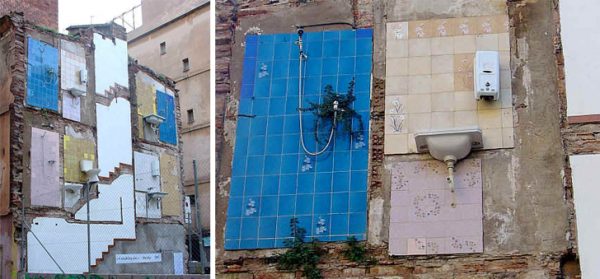
Photographer José Antonio Millán of Barcelona calls more detailed leftovers “Party Walls Art” (referring to shared common walls). His photos of this particular structure show more than just outlines — they feature the remnants of plumbing, tiles and other rich, three-dimensional cues as to its interior designs, all publicly on display.
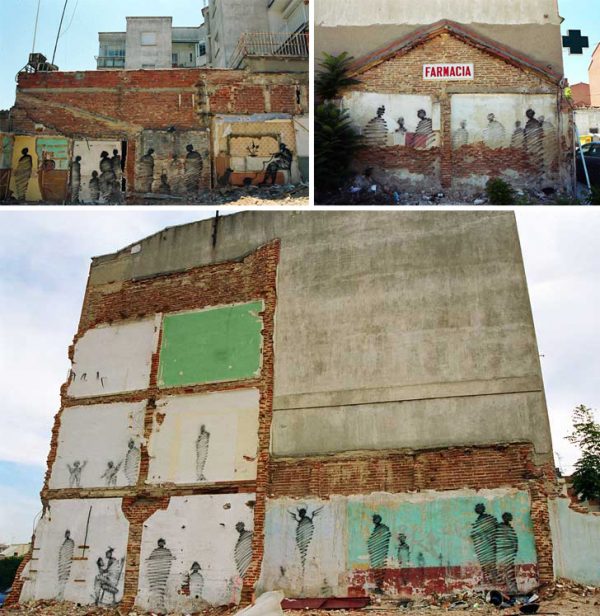
Other creatives have taken a more active approach to these party wall remnants. Photographer Xenmate captured the above series of visual installations by Soso33, a Madrid artist whose added shadows cast characters into the two-dimensional remains of ghost buildings.
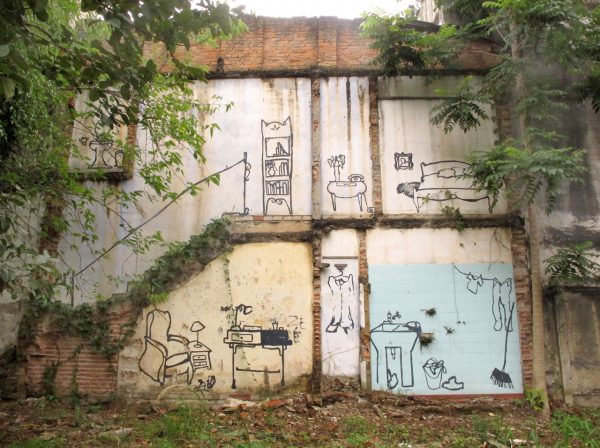
Artist Flavia Mielnik has done similar work, imagining cartoonish interior decor bringing ghostly interiors back to life.
Still other ghost building photographers, like Marcus Buck, leave it to the viewer’s imagination, framing their subjects in a straightforward fashion and letting ghostly outlines speak for themselves.
The Secret Art of Graffiti Removal
If ghost spaces can tell us something about the architectural history of a place, the prevalence and shape of removed graffiti can teach us about its street art. Whether one sees its argument as serious or silly, a film titled The Subconscious Art of Graffiti Removal suggests that the act of painting over works of street art is itself a kind of accidental art form.

According to the taxonomy of the filmmaker, some removals are “symmetrical” — graffiti is covered in squares, rectangles and other rigid geometries. Other cases involve “ghosting” — outlines of the original tag or mural can still be seen. Still others are classed as “radical” — they following no single pattern.
Art critics can start to see hints of historical movements emerging from these various compositions, including minimalism, abstract expressionism and Russian constructivism.
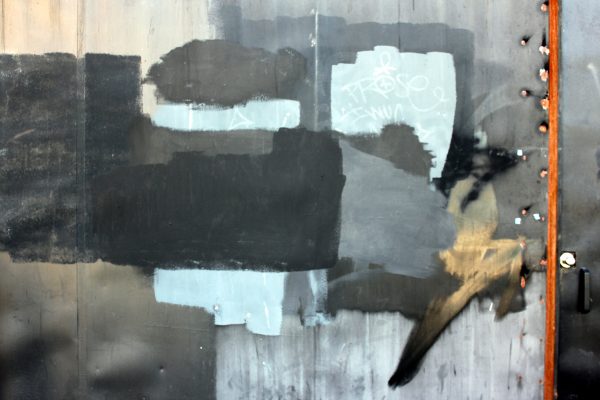
If we accept the premise that graffiti removal is art, it has other fascinating (and humorous) implications for the “art world” — removers, for instance, may be among the most regularly-paid (and well-compensated) street artists. As to ordinary citizens reporting local street art for removal: their accidentally commissioned replacement “art” comes at no cost (all part of an inadvertent public arts program). In the end, film itself is intentionally somewhat satirical, but it does cast painted-over graffiti in a fascinating new light.
Interested in seeing more examples of building demolition and graffiti removal art? Each phenomenon has a dedicated Flickr photo group well worth perusing for further inspiration: The Unconscious Art of Demolition and The Secret Art of Graffiti Removal.
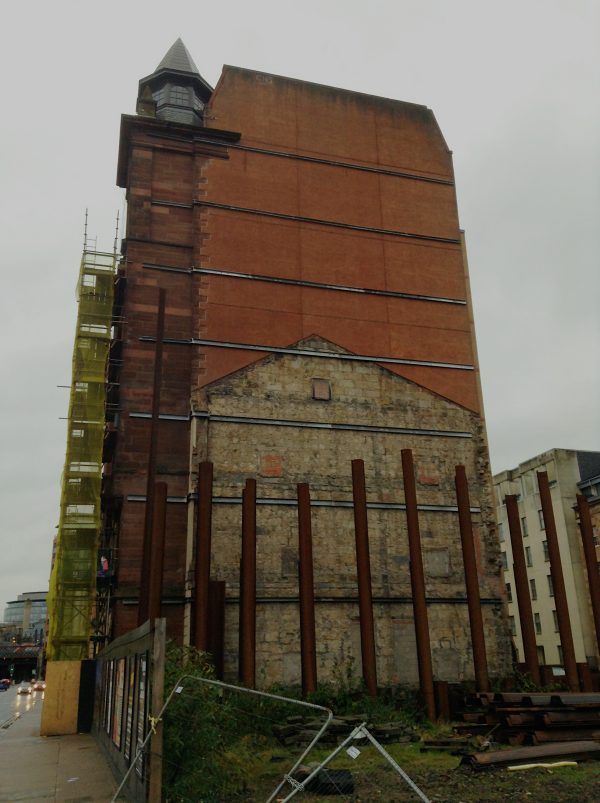




Comments (3)
Share
Hello, the article have an small mistake. The name of the artists behind the shadow characters is http://www.suso33.com, from Madrid. Thanks for your amazing blog!
A great way to rethink about these everyday sightings. Thanks for the enlightment!
In Philadelphia, we have streets where there’s a single house left that used to be in the middle of dozens of rowhomes. They held out, and now they have the whole block to themselves!